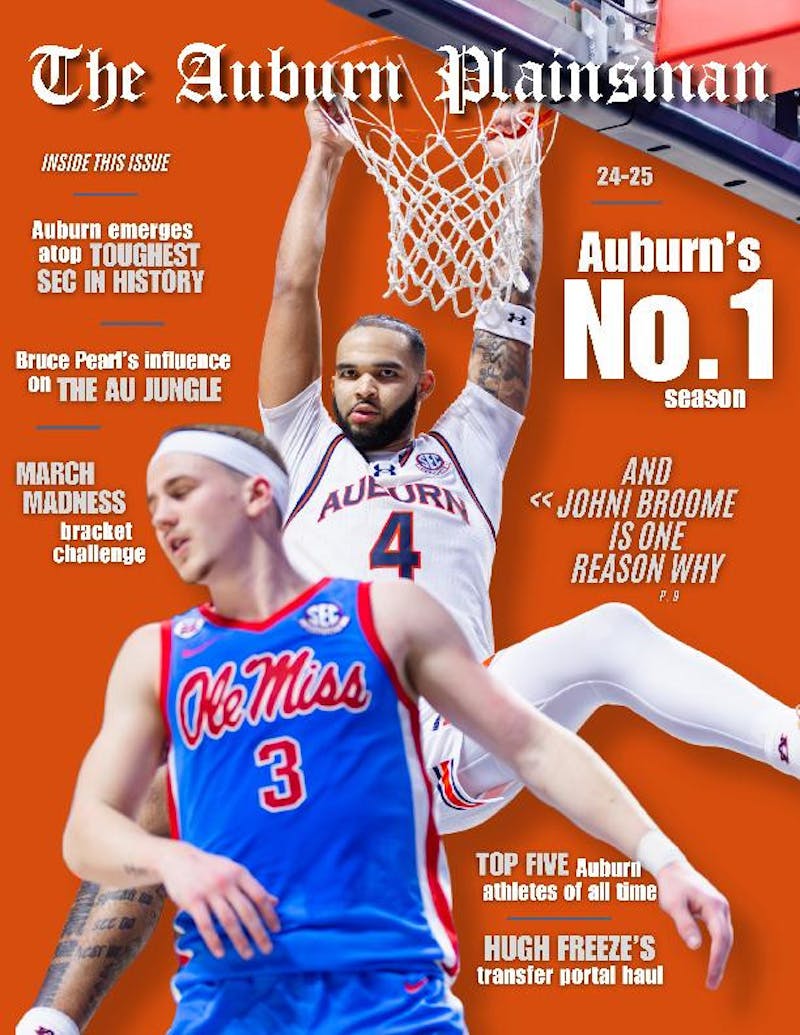The Auburn University Student Space Program will be making one giant leap for the University when its CubeSat is launched into space next fall.
"So far, no student-built CubeSat was launched on an American rocket," said Jean-marie Wersinger, physics professor and mentor for the program. "It puts us on the map."
Wersinger started the AUSSP in 2002 because of his work with the NASA Space Grant program.
"Being there and seeing all these efforts around the country for students, I said, 'Darn it, we're going to do the same thing at Auburn,'" Wersinger said. "So I initiated this AUSSP thing."
AubieSat-1, AUSSP's CubeSat, is a 4-inch cube satellite built by approximately 35 undergraduate students.
"The entire cube satellite is built by students from scratch," said Aurie Adams, junior in aerospace engineering and public relations officer for the project. "And it's going to be launched. It's actually going to be in space. I think that's so cool. And hopefully we'll be able to talk to it."
Communication with the satellite is a main focus for the group. The CubeSat's scientific purpose will be to measure gamma rays produced by high-altitude thunderstorms. Radio waves produced by antennae on top of Allison Laboratory will carry commands in the form of strings of zeroes and ones to microcontrollers on the satellite, which will then execute the given commands, Wersinger said.
The project idea started to become a reality two or three years ago.
Wersinger said AubieSat-1 was cleared for launch in August, with an anticipated launch in October 2011. NASA will be conducting biweekly teleconferences with AUSSP to determine the CubeSat's status and to start integrating it into NASA systems.
"We also have to go through quite some testing," Wersinger said. "Once they get it, they're going to test the satellite, and it better survive their tests. So we're going to be testing, and maybe even more stringent than their tests, to make sure it survives."
Students in the program will test components of the CubeSat in Auburn labs to make sure they respond to commands. Further testing will take place at Marshall Space Flight Center in Huntsville to ensure AubieSat-1 can survive the environmental conditions on the rocket's flight.
Because AubieSat-1 is a small satellite on a small bandwidth, AUSSP may not be able to learn much from the measurements taken by the CubeSat.
"It's more like for us to learn how to do these things than to contribute, really, to the science," Wersinger said. "Contributing to science is the next step."
That next step might be yet another CubeSat, AubieSat-2. Wersinger said planning for AubieSat-2 might start as early as spring 2011.
These efforts of the AUSSP will bring recognition not only to the program, but also to Auburn as a whole.
"Being a NASA research program and a NASA-launched science experiment, it gives the University a lot of prestige on the national level because we have a satellite program now," said Matthew Gill, sophomore in physics. "That'll make us stand out in the crowd."
The AUSSP is funded by the Alabama Space Grant Consortium as well as the University. About 75 percent of the funds go toward AubieSat-1.
Do you like this story? The Plainsman doesn't accept money from tuition or student fees, and we don't charge a subscription fee. But you can donate to support The Plainsman.




